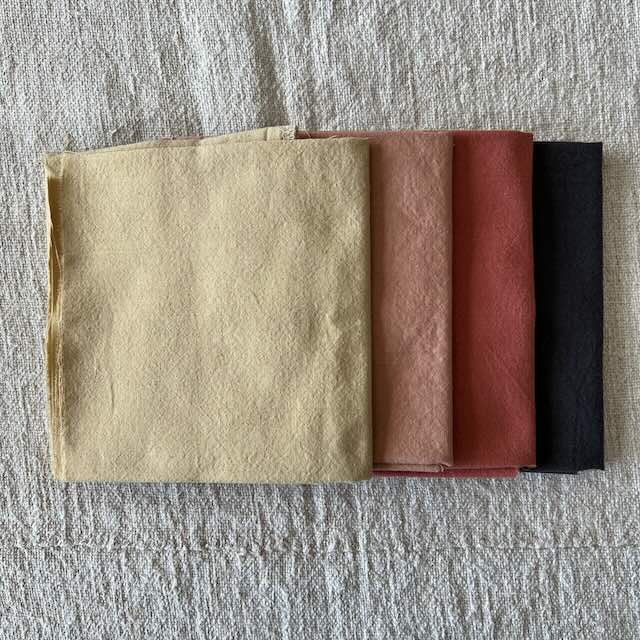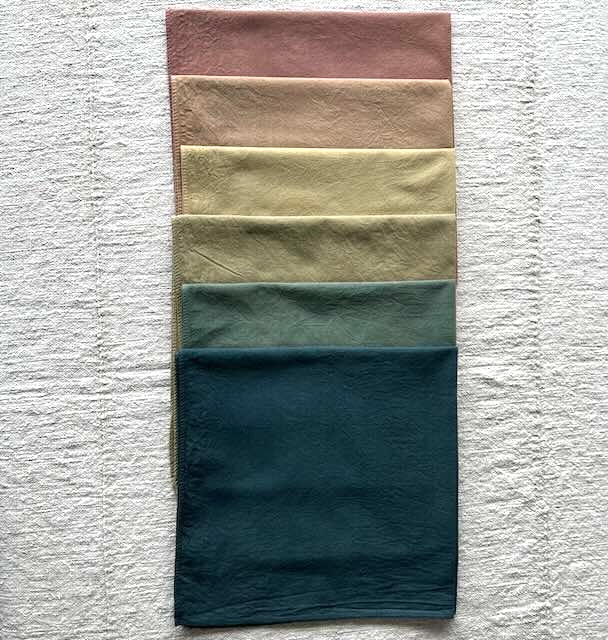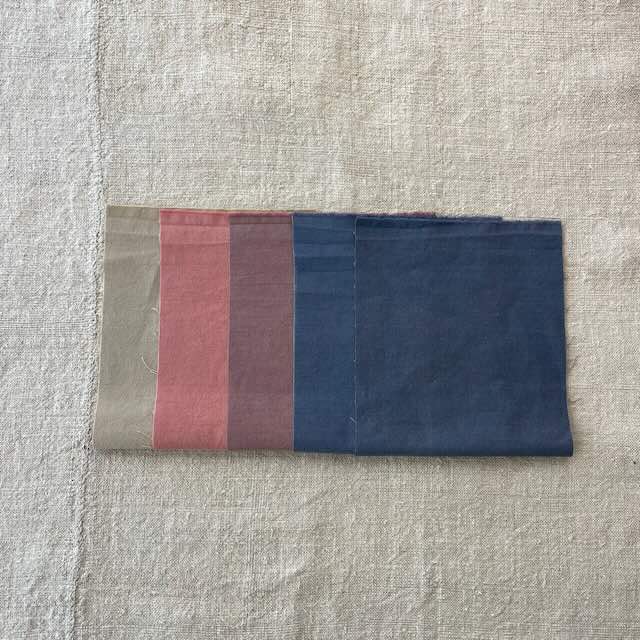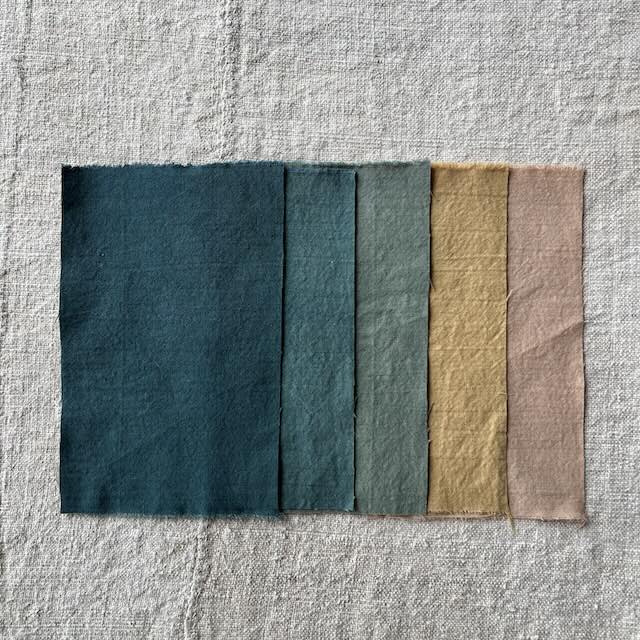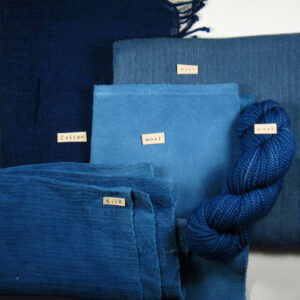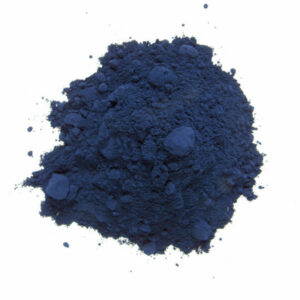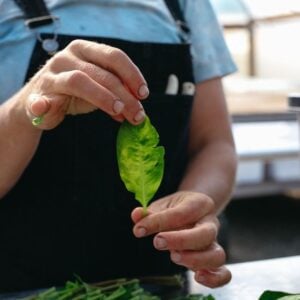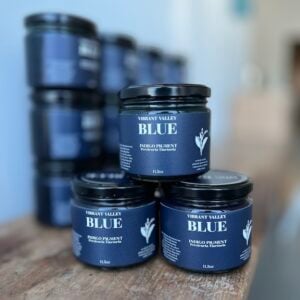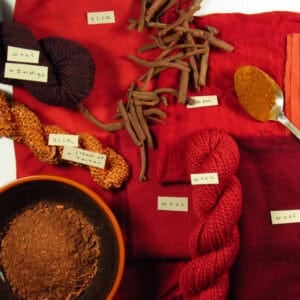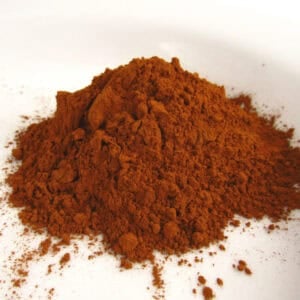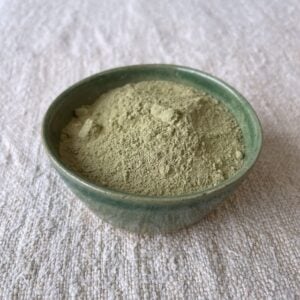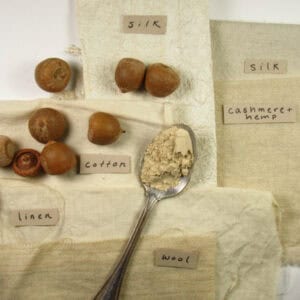
We wanted to compile all of our rainbow tutorials so you could have access to them all in the same place. We love creating them for you, and seeing the beautiful creations you make with your tutorials. Tannins provide a rich base for creating a rainbow of color. Please tag us on social media so we can see what you make!
Mordant Monday: Gallo Tannin, Fustic and Madder Gradation
This week’s Mordant Monday focuses on Gallo Tannin, also known as Oak Gall tannin, or Oak Galls. We used the extract made from Oak Galls in our gradation, but a similar result comes from oak galls that have been crushed or pulverized. Gallo Tannin is one of the ancient tannins with many uses, including making black ink, leather tanning, and in traditional Asian medicine. It is the most commonly used tannin when mordanting with tannin + alum, as the color it imparts is very light, and it doesn’t show a strong undertone, like sumac or walnut or other tannins with … Read more
Mordant Monday: Myrobalan Magic
This week’s tannin exploration focuses on Myrobalan. I changed it up a bit this week by using our mordanted cotton bandana 6-pack as the base for exploring myrobalan. The convenience was a pleasant surprise and the colors came out beautiful. Myrobalan is a traditional cellulose tannin pre-treatment and dye, and used in Ayurvedic and traditional medicine. It’s an important color and used frequently in India and Southeast Asia. Myrobalan imparts a light yellow on cotton with a subtle light brown undertone, making it an ideal foundation for color overdyeing, and indigo combinations. Like our other examples, when combined with other … Read more
Mordant Monday: Walnut, Madder, Iron and Indigo
Black Walnut Juglans nigra is one of our most interesting tannins and it’s a color that’s native to the North American continent. The entire tree contains color but it is in the green hulls that we find a strong concentration of dark tannins yield light beige to golden brown on cellulose. On wool, black walnut really shines and makes a rich brown shade. Walnut Hull Powder from black walnut (Juglans nigra) is a common source of brown dye throughout North America. The fleshy hulls are full of tannin, juglone and other pigments and are the primary source of the dye. … Read more
Mordant Monday: Spotlight on Quebracho Moreno
Today in our tannin series we move on to Quebracho Moreno. Quebracho (Schinopsis balansae and Schinopsis lorentzii) is an evergreen tree that grows wild in South America. It grows mainly in Argentina and Paraguay in dense sub-tropical forests which also include a variety of other trees and vegetation. The name is due to its hardness, and comes from two Spanish words, quebrar and hacha, meaning “axe breaker”. In fact, quebracho has been used locally for posts, telegraph poles, bridge timbers, railway ties, paving blocks and for any construction where great durability is desired. Quebracho Moreno (we used to carry a Quebracho Rojo, so we called this one … Read more
Mordant Monday: Make a Natural Dye Rainbow for Pride Month!
For this Mordant Monday, we are bringing back our Pride Rainbow! We love rainbows, color gradations, anything to show off the beauty and nuance of natural dyes. And now with our pre-mordanted bandanas, you can make a rainbow of your own! Materials Experience level Familiarity with using natural dye extracts, or using raw materials in an immersion dye bath, and with overdyeing colors. Familiarity with indigo and indigo over dyeing. A 6 pack of pre-mordanted bandanas Yellow Orange Red Green Blue or Indigo Purple Process In this rainbow, the “primary” colors of Yellow, Red and Blue along with Purple are … Read more
Mordant Monday: Chestnut, Fustic, Iron and Indigo
This week’s Mordant Monday focuses on Chestnut. We used Chestnut extract in our gradation and absolutely loved the combination of Chestnut, Fustic and Iron with Indigo. This gradation is slightly different than our previous experiments. This time I did not overdye with a warm shade like Madder, to get corals and pinks. I wanted to focus on green and blue. Like previous examples, when a tannin is combined with other colors you can get exciting mixes and beautiful color blends that harmonize and are perfect for patchwork, creating gradations and stitching. If you are a yarn person, many of these … Read more

